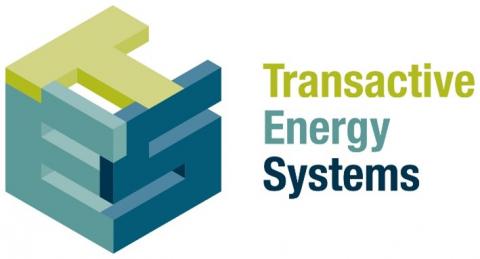Transactive Systems Program


America’s efforts to create a carbon-free power sector by 2035 will require modernization of the biggest machine on Earth—the electric power grid.
And while hardware improvements are no doubt part of modernization, experts believe future advances in the methods and technology behind the hardware will be revolutionary, with tomorrow’s energy system built around efficiency, flexibility, and rapid, automated electronic transactions between all participants.

This “transactive” approach, as envisioned, coordinates distributed energy resources (DERs), such as batteries and solar energy, with smart, responsive electricity loads (heating and cooling units, water heaters, electric vehicles, etc.) in buildings and homes. Dynamic, automated transactions involving prices drive the coordination, which results in a range of potential efficiency, cost, and environmental benefits.
The U.S. Department of Energy (DOE)-funded Transactive Systems Program (TSP) at PNNL conducts state-of-the-art transactive energy research through a combination of longstanding expertise, core capabilities, and applications.
TSP seeks to understand the underlying theory of transactive systems, determine the value to stakeholders, simulate implementation of transactive methods in complex electricity systems and markets, and demonstrate the performance and benefits of transactive energy in the field.
TSP capabilities and contributions are described in more detail in the following sections.